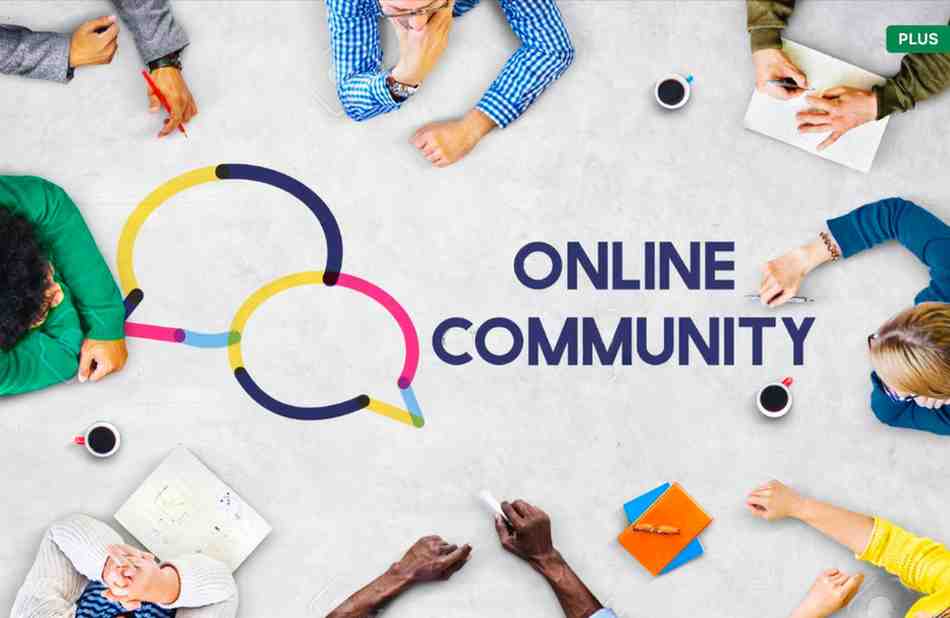Build an Athletic Alumni Community Using Online Platform

In an era where virtual presence is the essence of connectivity, institutions are ignoring a powerful, under leveraged resource—alumni in athletics. These alumni are more than old athletes; they are brand ambassadors, legacy builders, and possible mentors who take with them the spirit of competition at their alma mater to boardrooms, businesses, and communities everywhere.
But without a centralized, digitally first model, their voices are scattered, their stories unspoken, and their potential contributions untapped. Creating a cohesive online framework for athletic alumni is no longer a nicety—it’s a strategic imperative. It enhances institutional brand, enhances alumni engagement, and creates doors of opportunity for generations to come of student-athletes.
What follows is a blueprint not only for remaining connected, but for energizing a dynamic, mission-driven athletic alumni community—a community that will continue to play, lead, and win long after the final whistle.
Introduction
In the changing world of alumni relations, athletic alumni represent a unique group bound not just by institutional loyalty but by shared experiences of competition, discipline, and teamwork. As colleges and universities work to deepen their engagement with this community, leveraging digital tools is no longer optional—it is essential.
A strong, usable, and well-designed web presence can overcome geographical boundaries, enable lifelong connections, and provide career opportunities for former athletes. This article outlines the strategies necessary for building and developing an effective and meaningful online athletics alumni presence.
1. Centralized Athletics Alumni Directory
An online directory is the primary system used for athletics alumni to reconnect. Key features include:
- In-depth profiles: Including sport, graduation year, and current location
- Basic navigation filters: (e.g., sport, industry, city)
- Contact request or messaging feature: To facilitate easy peer-to-peer networking
These directories should be integrated into the institution’s master alumni database, enabling smooth navigation and connection across the alumni community.
2. Athletics Alumni Web Portal
A dedicated web portal within the university’s site ensures a structured and organized digital space for alumni. The portal should provide:
- Event calendars: Specific to athletics reunions, matches, and other events
- Alumni spotlight: Featuring award-winning or notable athlete profiles
- Volunteering and mentoring opportunities: Allowing alumni to engage with current student-athletes
- Multimedia content: Including team photos, archival match footage, and other nostalgic material
A user-friendly and regularly updated portal becomes the virtual home of alumni engagement, offering both information and emotional connection.
3. Social Media as a Secondary Channel
While formal directories and portals serve essential institutional functions, social media introduces a dynamic, real-time, and interactive dimension. Key strategies include:
- Sport-specific alumni groups: Private Facebook or LinkedIn groups for alumni of particular sports
- Instagram accounts: Official sports alumni accounts to post news of success and behind-the-scenes content
- Social listening and engagement: Identifying active alumni advocates and champions
These platforms allow for continuous storytelling, real-time interaction, and content generation directly from the alumni community.
4. Virtual Engagement Initiatives
Inclusive programming is more important than ever. Virtual options allow alumni worldwide to stay engaged with their alma mater. Virtual engagement can include:
- Virtual reunions: Hosted on platforms like Zoom or Microsoft Teams
- Web-conferencing: Divided by sport, region, or specific alumni groups
- Webinars: Featuring former athletes or coaches sharing experiences
Offering flexible and accessible options for participation helps ensure that all alumni, regardless of location, feel included in the community.
5. Live Streaming of Sports Events
Live streaming of athletic events is a powerful way to keep alumni connected with their alma mater. Key points include:
- Live broadcasts: On the athletics alumni website or YouTube
- On-demand access: Allowing alumni to watch games and matches at their convenience
- Alumni commentary: Adding personal insights or commentary for context and engagement
Live sports content evokes a strong emotional connection and encourages alumni to stay involved and invested.
6. Digital Storytelling and Alumni Spotlights
Highlighting the post-college journeys of sports alumni is a key strategy for engagement. Methods for showcasing alumni achievements include:
- Monthly newsletters: Featuring alumni stories, achievements, and updates
- Website features: Blog posts or articles focusing on notable alumni
- Podcasts and video interviews: Sharing the personal journeys and experiences of alumni athletes
Personalized storytelling fosters a sense of identity and connection across generations of athletes.
7. Structured Career Networking and Mentorship
Alumni are often eager to give back, especially to current student-athletes. A structured mentorship program can include:
- A virtual platform: Connecting mentors with current students or younger alumni
- Check-ins and discussion guides: Regular support for ongoing conversations
- Career panels or “Ask Me Anything” sessions: Facilitated by alumni professionals in various fields
This approach enhances student experiences and deepens alumni engagement and commitment.
8. Internet Campaigns and Fundraising
Athletics alumni are frequently highly mission-driven, making them prime candidates for fundraising initiatives. Online campaigns are most effective when:
- Personalized messaging: Written by former teammates or influential alumni
- Storytelling: Used to highlight the tangible impact of donations (e.g., scholarships, facility upgrades)
- Transparency: Outcomes and recognition of donors are shared publicly
Online campaigns must ensure that giving feels like a continuation of an athlete’s investment, rather than a mere transaction.
9. Polls, Feedback Loops, and Program Co-Creation
Engaging alumni through surveys and polls is an excellent way to gather feedback and encourage participation. Key areas for feedback include:
- Event planning preferences
- Newsletter content and frequency
- Alumni apparel choices
Involving alumni in the planning process helps create a sense of ownership and ongoing involvement in the alumni community.
Conclusion
Building a digitally empowered athletic alumni community is not simply an administrative task—it is a strategic initiative that can have long-lasting impact. By thoughtfully integrating digital tools, colleges and universities can foster a vibrant, engaged alumni network that supports institutional goals, promotes professional success, and preserves the shared identity of student-athletes long after graduation.
Through the power of technology and narrative-driven engagement, institutions can ensure that their athletics alumni are not only remembered but are also actively contributing to the next chapter in the university’s legacy.
Suggested Blogs
Let’s discuss the idea
Join hundreds of companies transforming their corporate communities with Almashines






